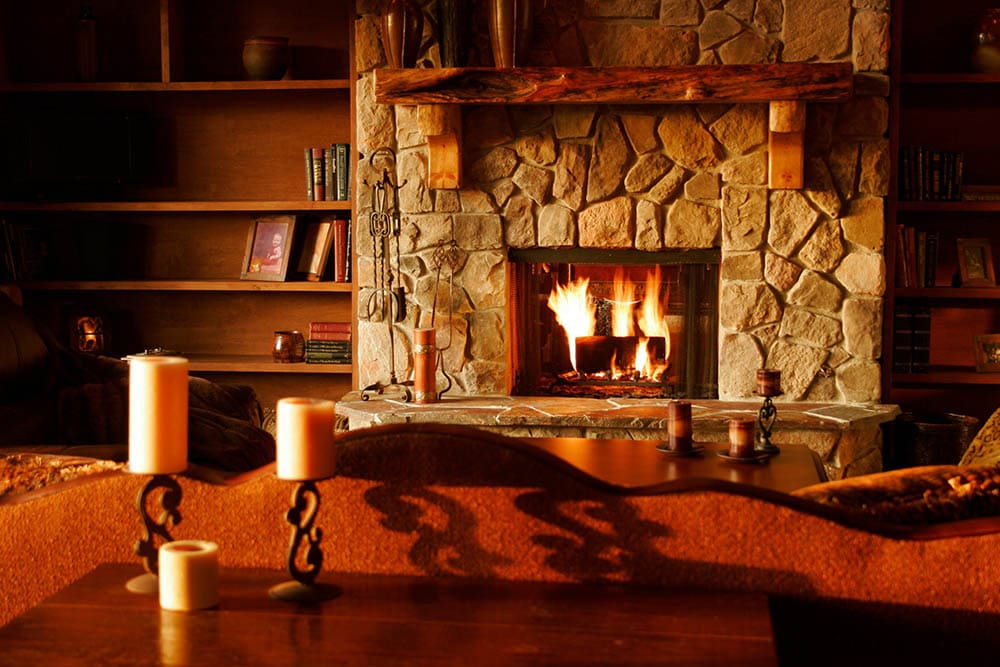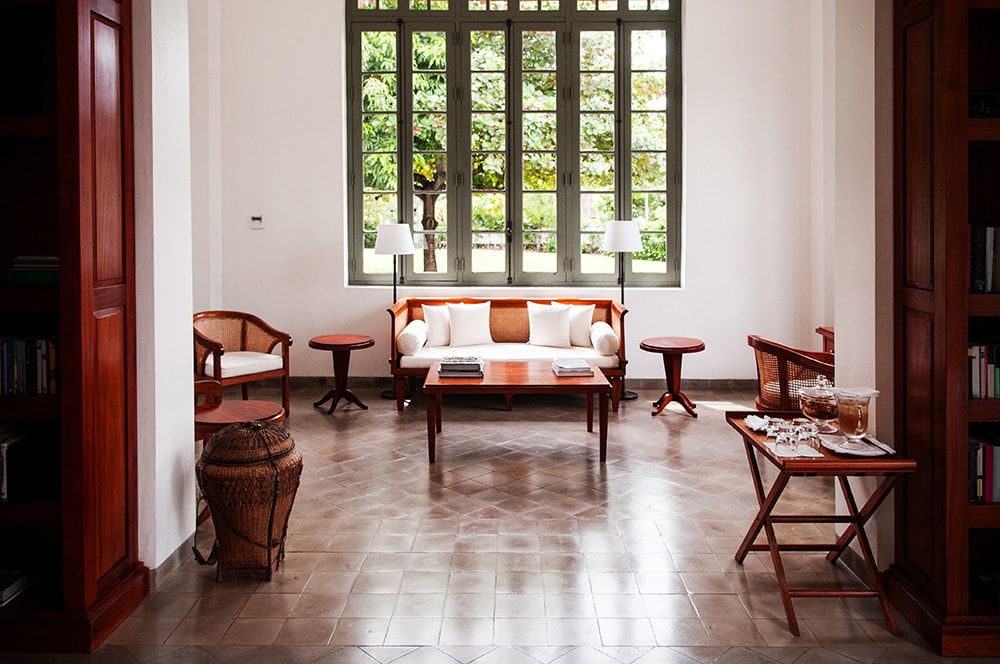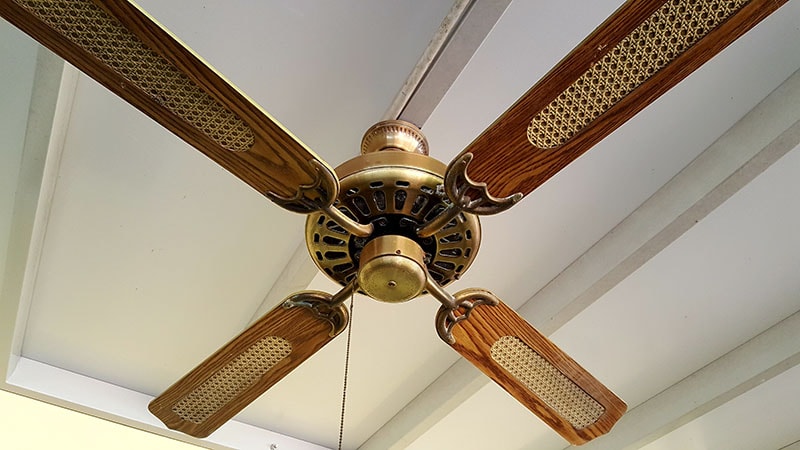8 Colonial Interior Design Ideas (With Pictures)
-
Pete Ortiz
- Last updated:

Borrowing from the most fashionable aspects of the period, Colonial interior design brings the warmth and elegance of 18th-century schemes to the modern home. The grandeur that defines it doesn’t sacrifice function, creating a classic, practical style that continues riding waves of popularity.
Bringing together a cohesive look harkening back to the days of early America is easier said than done. Staying true to the period depends on balancing an air of luxury with the comfortable feeling of home. Start planning an authentic arrangement for your space by following these eight Colonial interior design ideas.
The 8 Colonial Interior Design Ideas
1. Traditional Wood Furniture

A Colonial home’s interior receives sharp definition in dark furniture. Rich woods evoke upscale sensibilities.
- Mahogany
- Walnut
- Cherry
- Oak
A handcrafted look is essential to a Colonial interior. The Queen Anne style of the late 1600s bore a heavy influence, as did the later Chippendale designs of the mid-1700s. Cabriole legs, ribbon backs, and other ornate features show off the skilled craftsmanship. Pairing these with lighter fabric sofas and patterned cloth seats lends a striking contrast.
2. Diverse Fabrics and Patterns

Eclectic fabrics are essential to any Colonial interior, and every room offers a chance to integrate them. Think chintz textiles, paisley patterns, and botanical prints. The British Colonial style accommodated the well-traveled, as is evident in features like these..
Soft materials in sheer forms provide an airy functionality to these varied points of interest. You can build layers across each room. Pillows, curtains, blankets, and upholstery can pull in various colors, textures, and patterns to create intrigue among flat shades across the room.
3. Light Colors on the Walls

Though hardly dreary, the British Colonial style’s color choices for the walls are subdued and mellow. The light backdrops create airy, open spaces that cool the room and emphasize the elaborate wood furniture, patterned fabrics, and wallpaper sharing the space. Suitable colors include pale shades of green, blue, yellow, and peach alongside creamy whites and tans.
4. Natural Materials

Natural elements stay true to the utilitarianism of Colonial interiors. You can add these touches almost anywhere between the fixtures, furniture, and accessories.
Cotton, wool, sisal, and jute fibers blend into rugs and other woven elements. Wooden chairs that otherwise might use upholstered padding instead have cane backs and seats. With varied textures, you can create new ways to experience the room.
5. Vintage Wallpaper

Wallpaper is a fashionably subtle way to enrich the Colonial interior with character. Patterns and wallpaper constructions varied considerably due to diverse global influences from France to China.
Familiar patterns of the period included scenic toile, colorful chintz, and ornate damask. In classic Colonial fashion, these fit perfectly above a dado rail circling the room.
6. Accessorize Like a Traveler

Colonial interiors highlighted cosmopolitan aspirations through aesthetics and function. Campaign furniture was a hit during the British Empire’s expansion. Collapsible chairs, folding desks, and other portable designs let military members and worldly travelers bring their entire lives wherever needed.
Though you may not have the same need in the home, furniture pieces like these genuinely reflect the times. The well-traveled look is easier to achieve with accessories. Robust globes, antique maps, fine China, and leather trunks are only a few elements you can acquire to give personality to your Colonial-style home.
7. Overhead Fans

Managing the heat inspired many of the British Colonial home’s airy treatments and open elements. To spur movement, ceiling fans became critical aspects of the decor.
Though practical, ceiling fans are another essential design opportunity. You can explore detailed woven textures, eye-catching coastal palms, or classic wood tones.
8. Rugs Over Dark Wood Floors

Wood floors are a natural (and obvious) fit for a Colonial home, as little else sufficed at the time. The wide, light planks of eastern white pine with exposed nails are a unique choice for a northern Colonial look.
A rug is a staple in nearly any design scheme. Juxtaposed against the floor’s warm wood tones, a Colonial rug can capture attention with its feel and pattern. Oriental, Turkish, and Persian designs push the traveler’s look. Natural fibers may feel easier but will be no less effective. Jute, sisal, hemp, and bamboo bring tons of texture to break up the polished wood.
In Conclusion
You can take your Colonial interior design in several directions, from early settlers’ rustic, practical decor to luxurious global influences from the French, Spanish, and Dutch. It’s elegant and calming, incorporating bold elements against soothing surroundings. As a thriving style rooted in our country’s infancy, Colonial interiors are a classy way to capture a vital piece of American history.
See Also:
Featured Image Credit: Timothy Eberly, Unsplash
Contents


